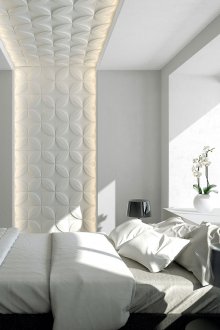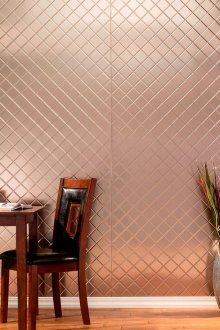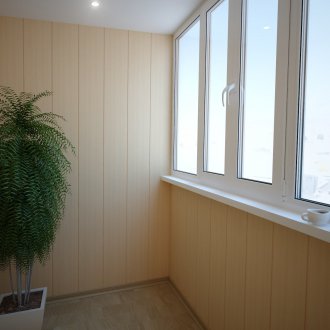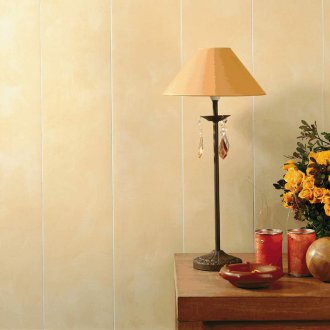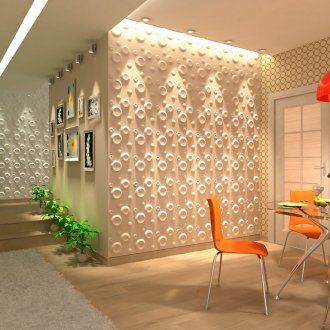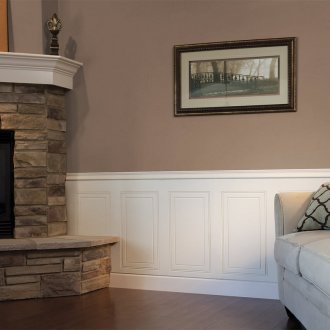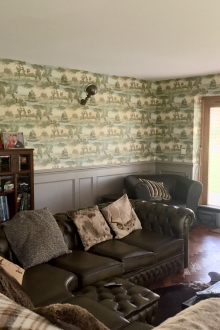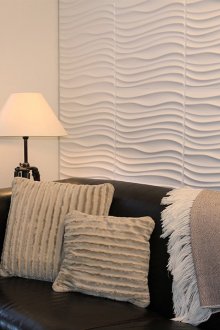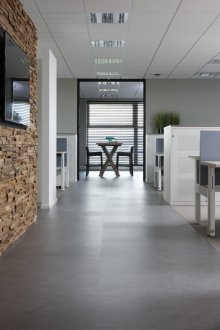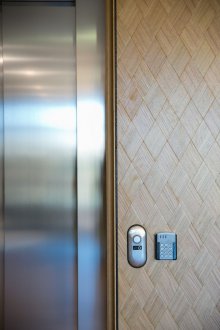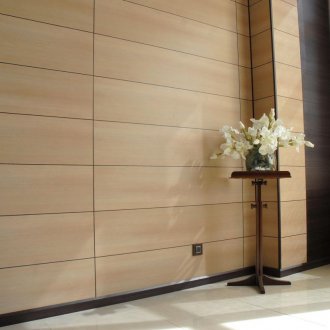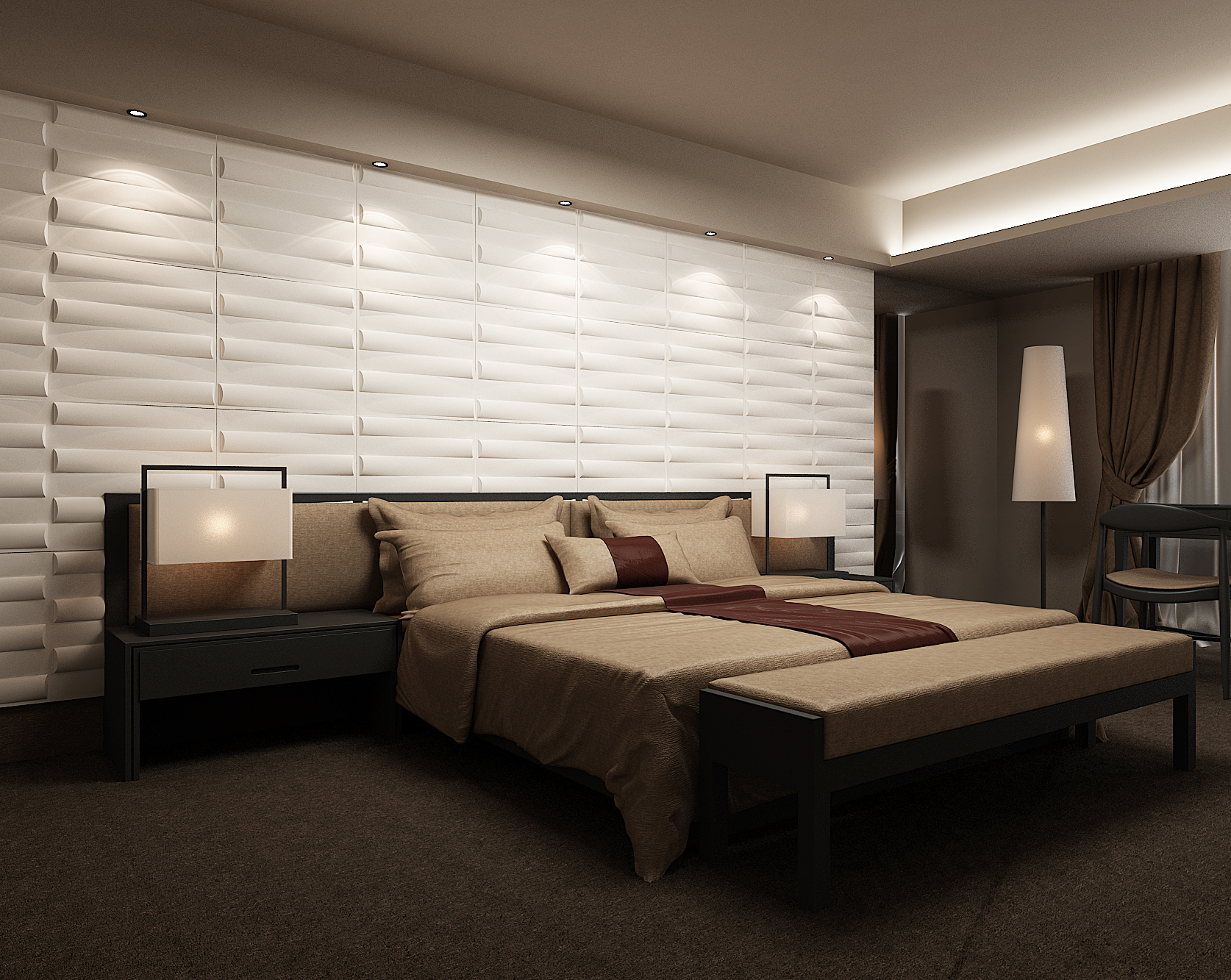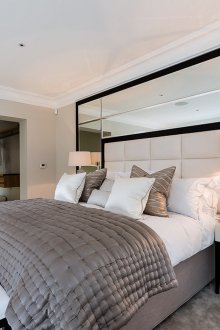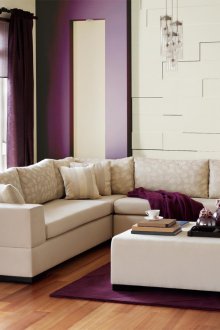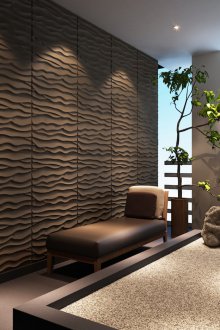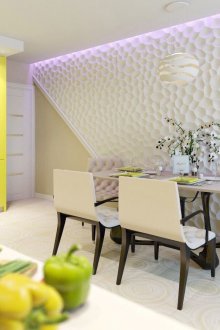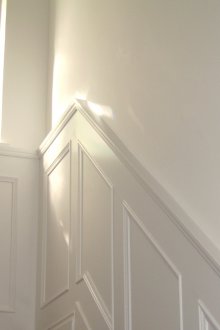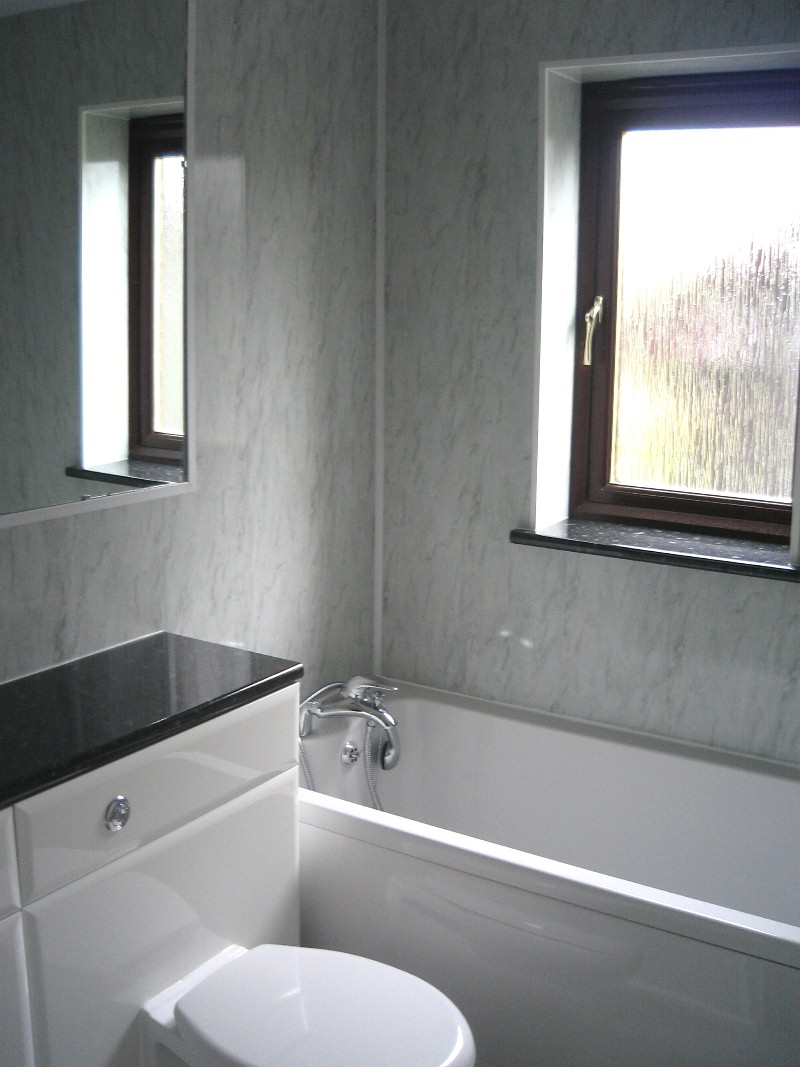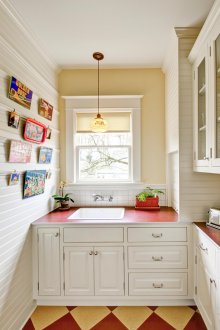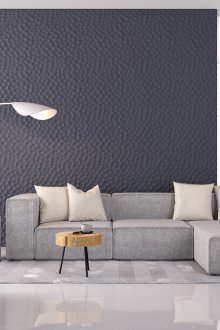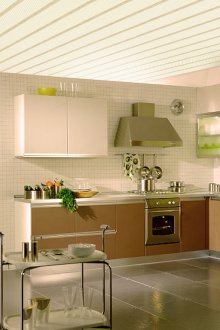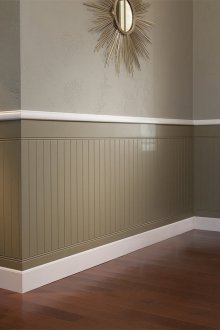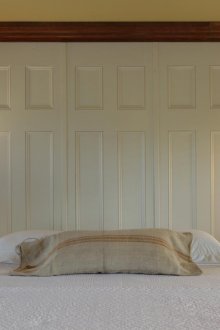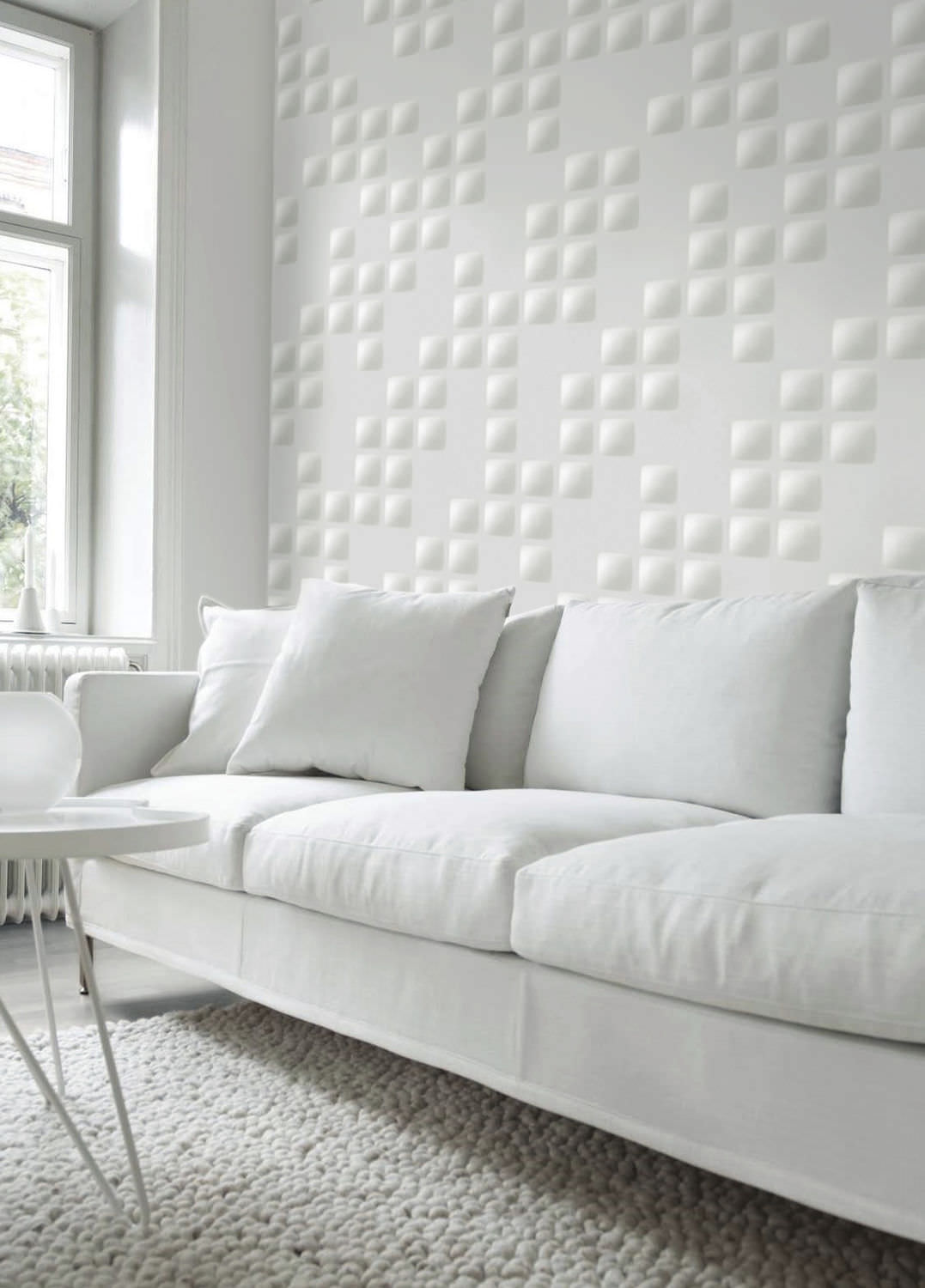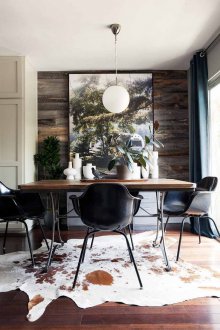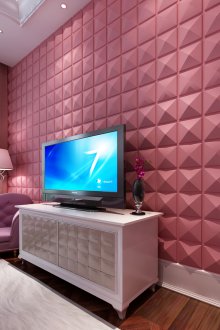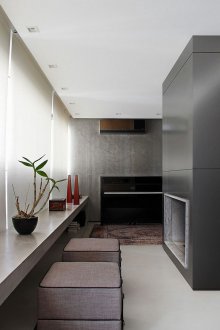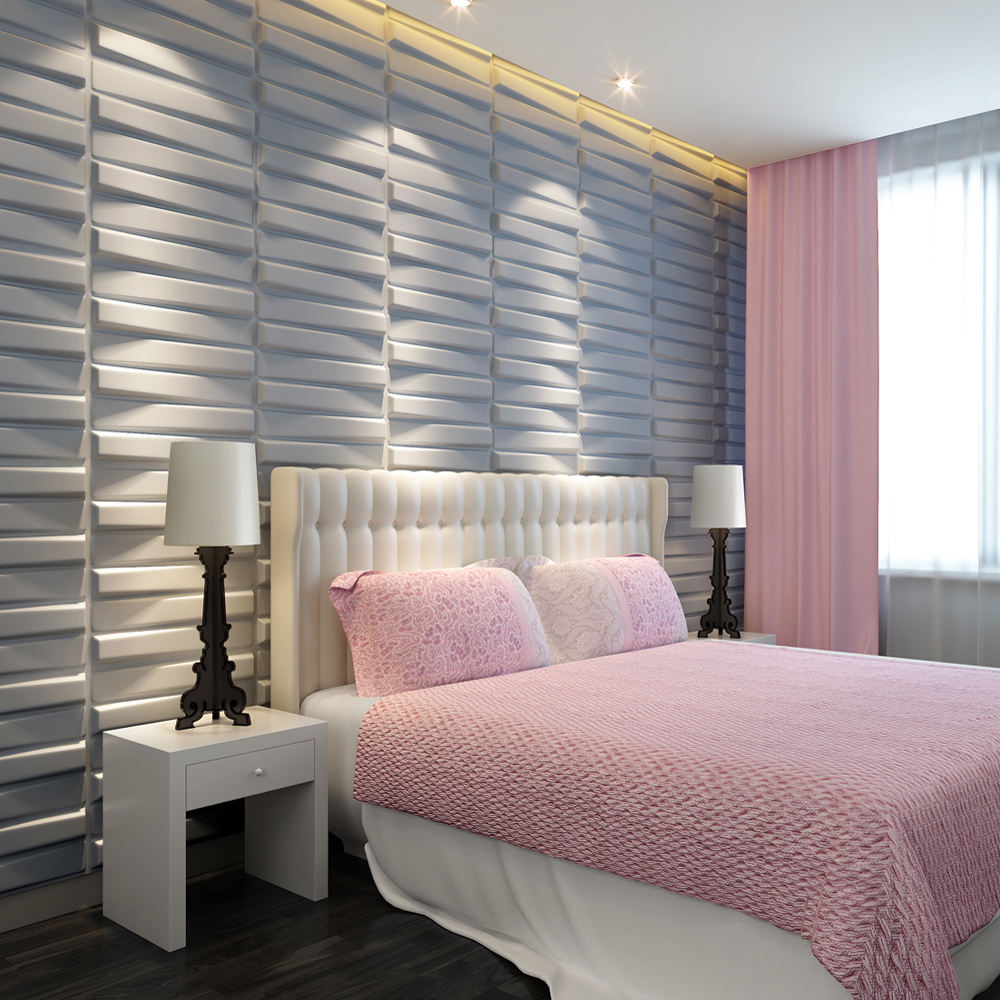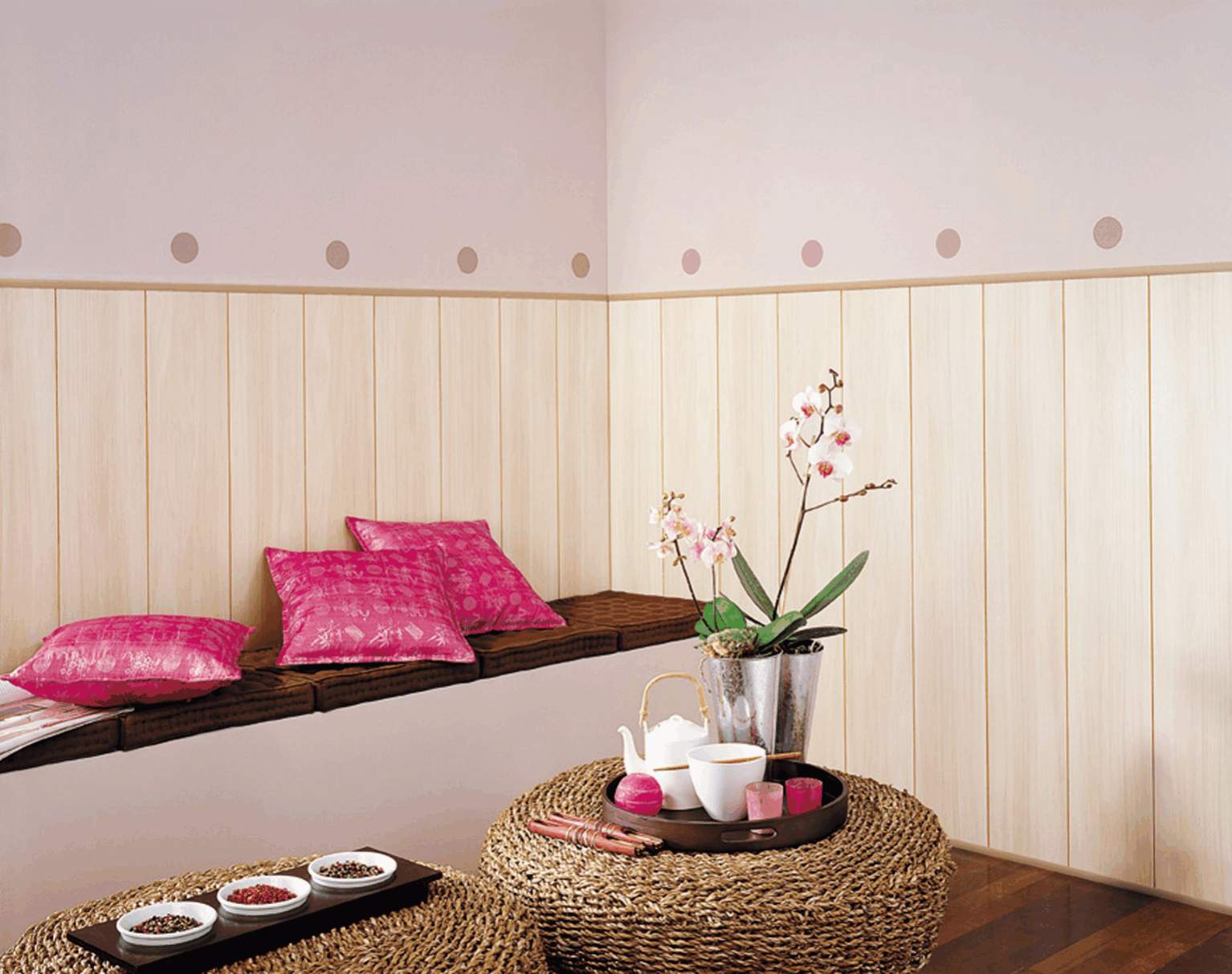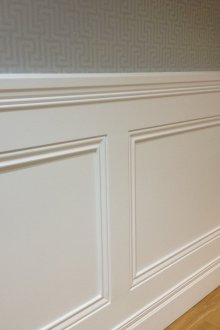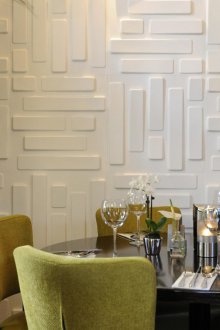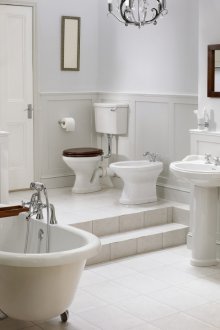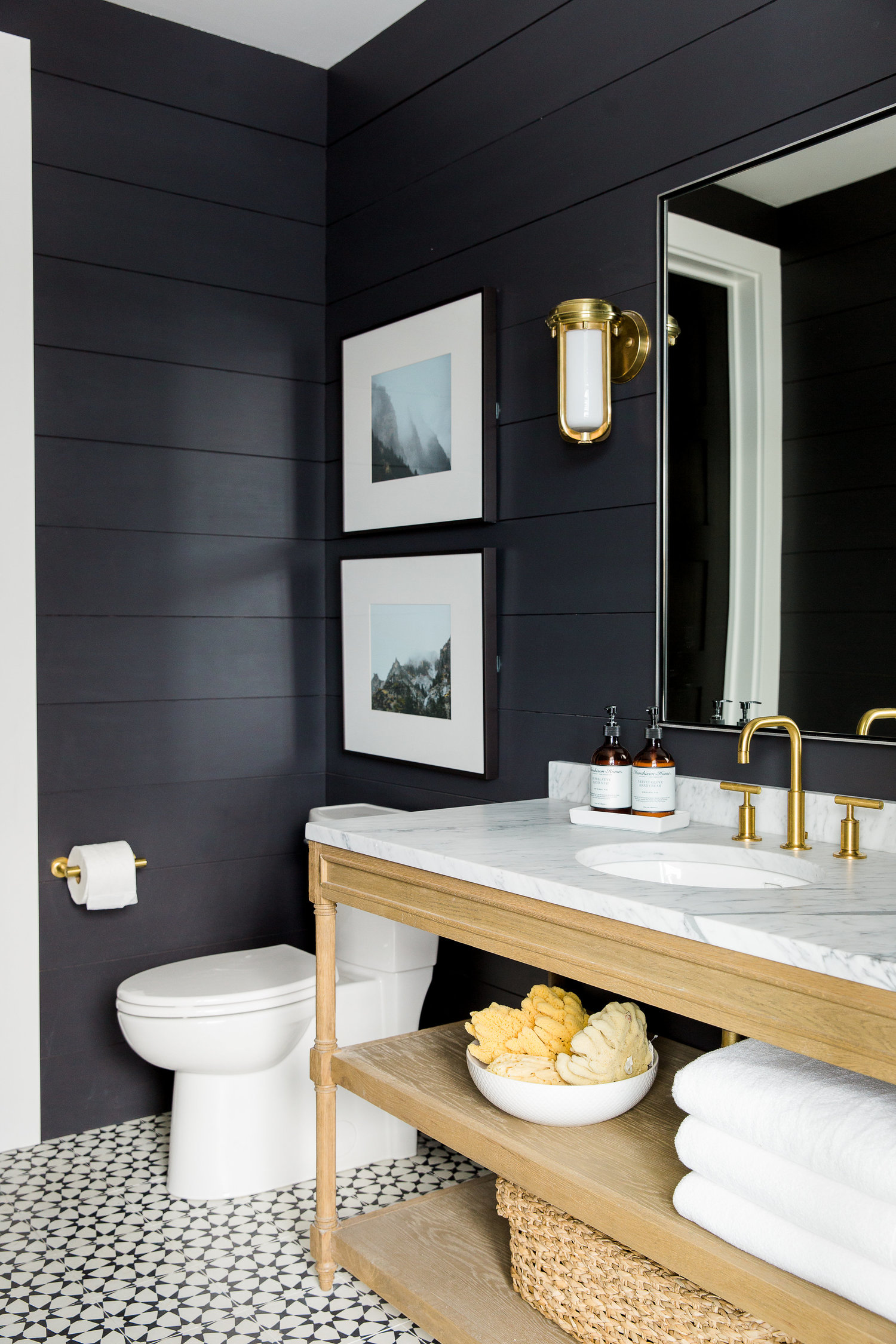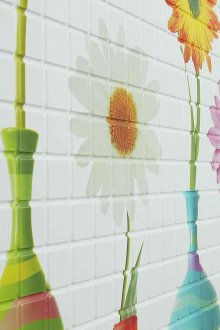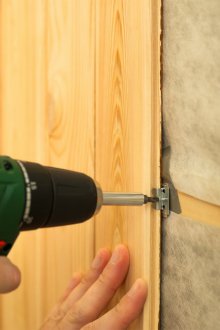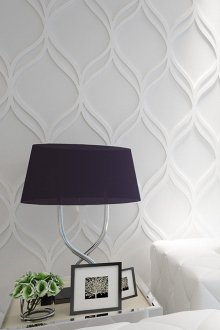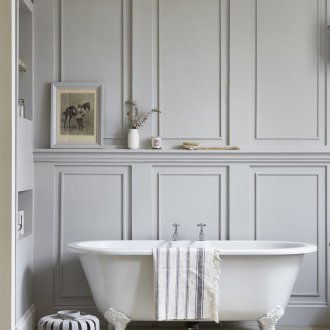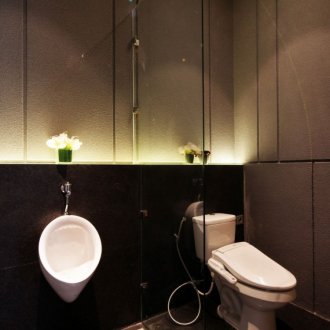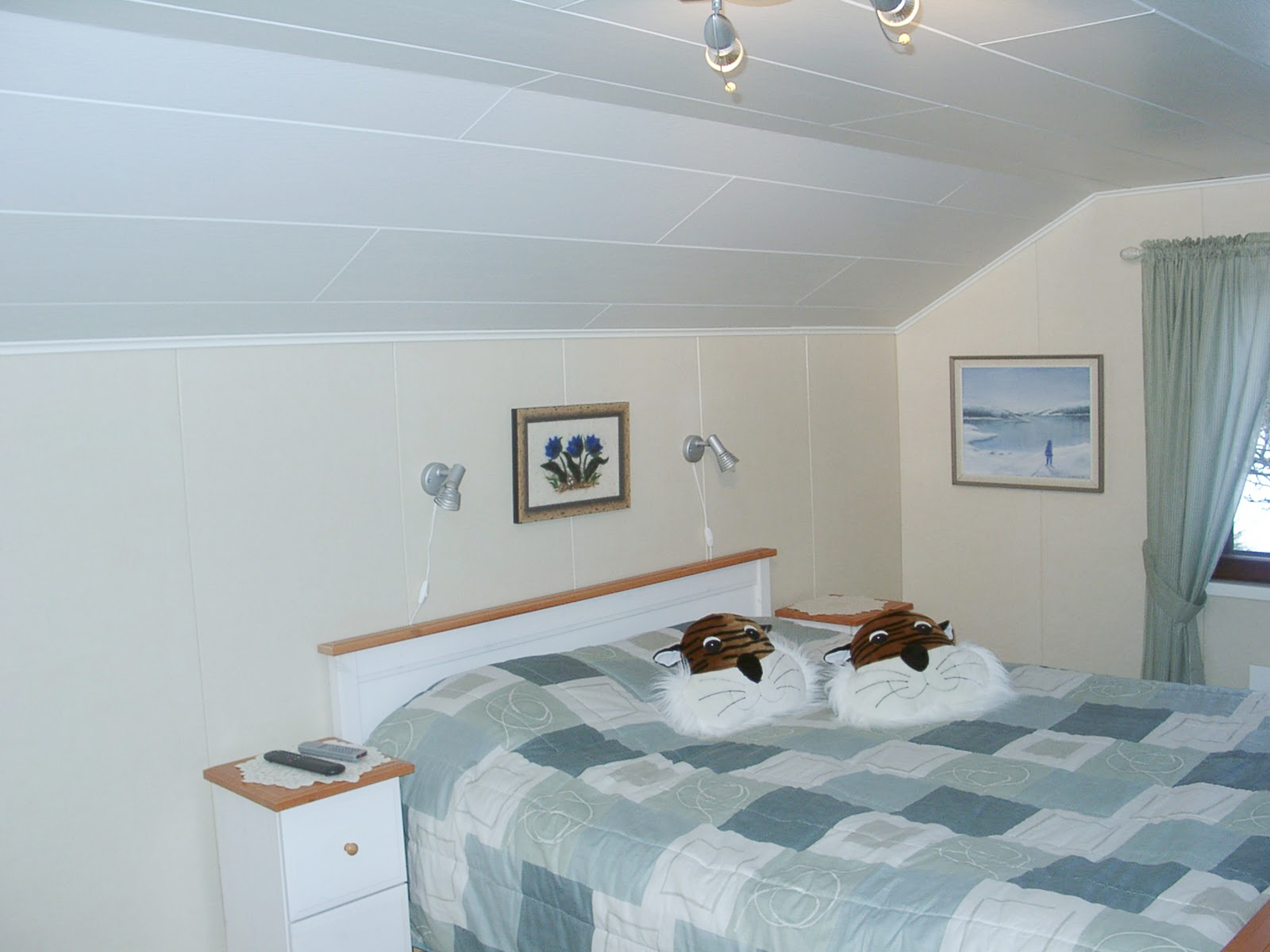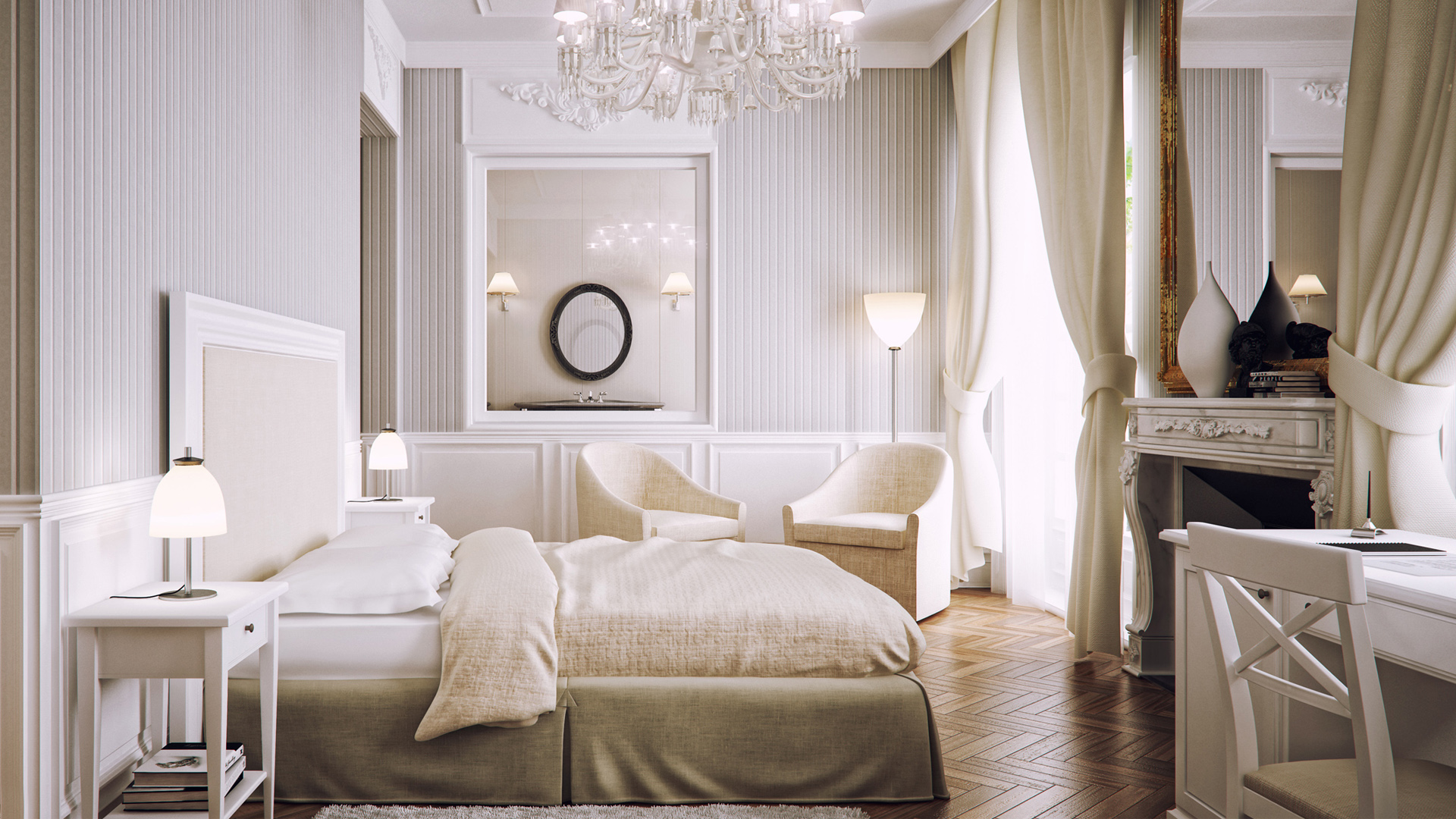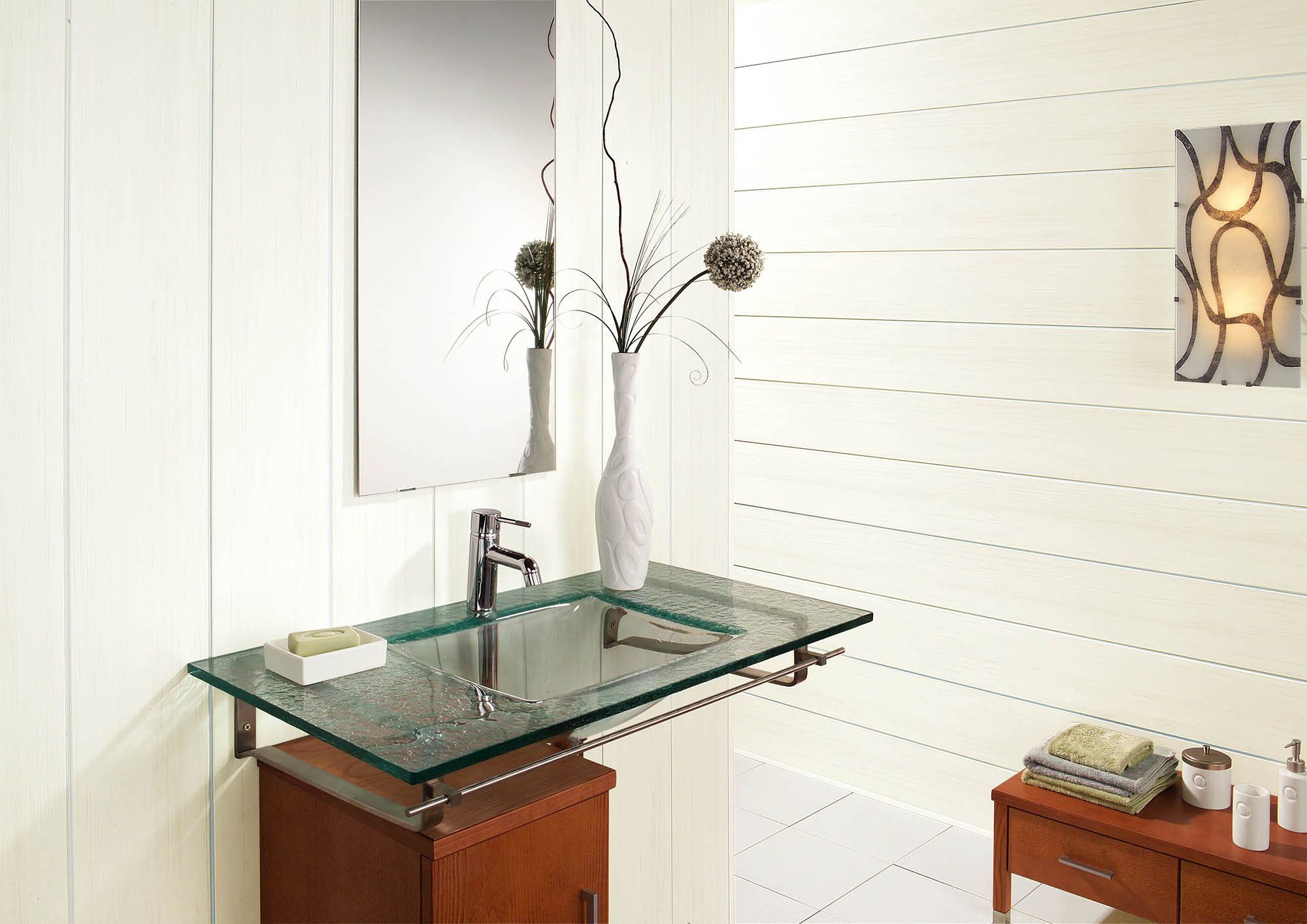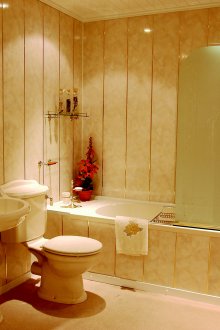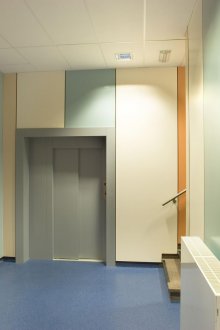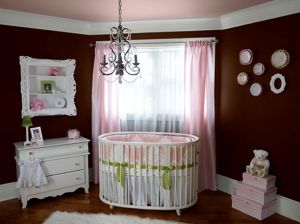PVC panels for walls (50 photos): decorative design of rooms
Content
PVC panels are a safe, universal facing material for walls and ceilings of residential buildings and offices with good decorative qualities.
PVC - polyvinyl chloride - low toxic synthetic thermoplastic. Resistant to water, mineral oils, alcohols, alkalis. It mixes well with plasticizers and practically does not oxidize. PVC belongs to low combustible substances. The temperature of its ignition is 500 C, auto-ignition 1100 C. At a temperature of 100-140 C decomposes with the release of carbon monoxide and hydrogen chloride - harmful substances to humans. Solvents for it are ketones, esters, aromatic and chlorinated hydrocarbons.
Features of PVC panels
PVC panels for walls - a common decorative interior decoration. Advantages of the panels:
- low cost;
- environmental safety under normal operating conditions;
- resistance to attacks of fungi, mold and parasites;
- long service life (high-quality PVC cladding will last for decades);
- lack of deformations at differences in temperature and humidity;
- ease and speed of installation;
- the ability to install insulating, soundproof materials and the location of communications under the panels;
- creation of an original, unique design of the room;
- simplicity of leaving (panels are easily washed with any detergents).
Like any finishing material, PVC panels have some disadvantages:
- low impact resistance (some types of panels break through through when pressed hard or hit);
- low decomposition temperature makes them unsuitable for installation near heating appliances;
- Some panels lose color when exposed to direct sunlight.
Varieties of PVC panels
There are many types of interior PVC panels. They differ in thickness, number of stiffeners, additives that are added to their composition to give certain properties, texture, pattern. The surface of the panels is laminated (with a glossy sheen) and matte. PVC lining is divided into sheet and type-setting (in the form of wide rectangular pecks with grooves).
The main functional difference between the panels is their thickness, dimensions and stiffeners. Panels are produced with a thickness of 0.6, 0.8 and 1.0 cm for the ceiling and a thickness of 1.0, 1.2 and 1.6 cm for the walls. If you plan to build in LED lighting, the thickness of the panel should be at least 0.8 mm, otherwise the wires, etc. will be visible through and through. Lining width - 12, 12.5, 25, 30 and 38 cm.
Chemical PVC as a covering for the ceiling has a lower content of polyvinyl chloride, which makes it less durable and more flexible. It is not worth it to install ceiling panels on the walls, and wall cladding mounted on the ceiling will only harm the budget.
Laminated panels have the same strength characteristics as matte, but are more resistant to scratches and other damage to the decorative layer.
Places of installation of plastic panels
PVC panels are suitable for interior decoration of residential and office premises, hotels, shopping centers, etc. Such lining can be installed in bathrooms and toilets, on glazed balconies and loggias, in hallways and living rooms and used for kitchen decor. Also, PVC cladding is used to create an interesting design of living rooms.
The surface of the cladding is often a high-quality imitation of various materials: brick, wood, tile, stone, cork. Such decorative qualities are indispensable when:
- need to quickly and inexpensively update the interior;
- to insulate and finish the walls;
- to make a covering in a bathroom, toilet, etc .;
- to clad the inner walls of the country house, which is heated from case to case;
- to fulfill the peculiar decor of hotels, bars, cafes, etc., stylized as bare brick or tile with a colorful pattern.
Installation of PVC panels
Wall decoration with PVC panels is not a complicated process, almost anyone with the skills to work with finishing materials can do it. There are two ways to attach panels.
- Frameless way:
- on glue (liquid nails);
- using construction brackets;
- self-tapping screws.
- Frame method: metal or wooden profile.
Frameless mounting is possible if the wall is flat, without obvious protrusions and dips (up to 3 mm). When using glue, it must be borne in mind that for each type of panel produce the corresponding glue. Using a composition designed for another type of PVC may not hold the plastic to the wall. Universal adhesives are sometimes used, but their adhesion is worse than that of "narrowly profiled".
With a construction stapler, panels can be fastened quickly and easily.
When fixing plastic to a concrete or brick wall with self-tapping screws, it is better to purchase dowels and self-tapping screws separately, and the diameter of the self-tapping screws should be 1-2 mm larger than the dowel. This will hold the panel securely.
Installation is carried out in the following order:
- The old coating is removed, the wall is cleaned.
- The surface is treated with a construction antiseptic, regardless of whether there are traces of fungus or mold.
- After drying, walls with small cracks and defects are putty.
- On the back side of the panels glue is applied in a bar-like manner, the panel is firmly pressed against the wall. Or panels are fixed with screws or brackets.
- When the installation is completed, the framing profile is installed.
The advantage of the frameless method is that the plastic glued to the wall can withstand shock loads much better.
Mounting on a metal or wooden profile is considered more reliable and the only possible if the walls are not even. The metal profile is used for fastening heavy cladding and installation in rooms with high humidity. Mounting on the grill is advisable to use when it is necessary to put a layer of heat or noise insulation under the panels, or hide communications. To do this, carefully install the grille (profile).
For work you will need:
- building level;
- plumb line;
- construction pencil or marker;
- roulette;
- construction hammer or stapler and staples;
- electric drill;
- tool for cutting panels (grinder, circular saw, jigsaw, plastic cutter, ordinary hacksaw for metal or a hacksaw for wood with small teeth for cross cutting);
- work with a power tool at low speeds, this will avoid overheating of PVC, flashing of the edge and the release of substances harmful to humans;
- screwdriver;
- you may need a miter box and a shoe knife.
Operating procedure
- It is necessary to remove the old coating. If after removing the coating there is a "departed" material, it is removed.
- Treat the walls with an antiseptic, even if traces of fungus and mold are not visible. Allow to dry.
- Apply primer with a spray gun / roller.
- If the profile is wooden, it must be treated twice with a deep penetration antiseptic and allowed to dry.
- Using a plumb line, determine the level of the plane in which the installation will be performed. Draw auxiliary lines.
- If under the panel there will be an additional layer of material (insulation or other), you need to take into account its thickness. Insulation material must be freely positioned between the wall and the panel.
- Cut the profile and fix it on the wall where the panels will be.
- Perpendicular to the fastening of the cladding, the rails are placed, retreating 0.5 m between the elements. To avoid distortions in height, use gaskets to install the panel in the same plane, pull the line from edge to edge and work on it.
- You can install insulation on the frame.
- A line is drawn perpendicular to the floor on the wall.
- The panel is cut off, leaving a small gap between the plastic and the ceiling to avoid deformation.
- Insert the holder into the edge of the strap and fasten with screws.
- The next element is inserted into the groove of the previous one.
- To install moldings in the corners.
- Complete the installation by mounting the ceiling plinth.

